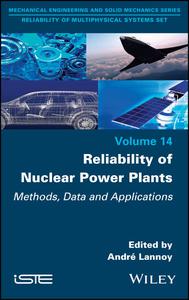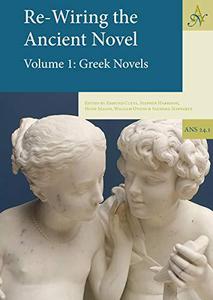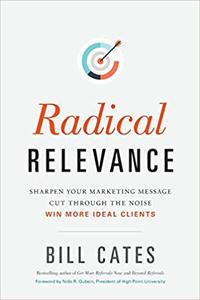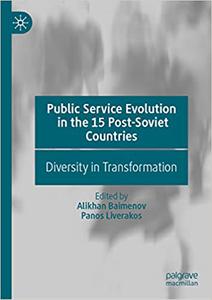 Quality Assurance and Accreditation in Distance Education and e-Learning: Models, Policies and Research By Insung Jung (editor), Colin Latchem (editor)
Quality Assurance and Accreditation in Distance Education and e-Learning: Models, Policies and Research By Insung Jung (editor), Colin Latchem (editor)2011 | 310 Pages | ISBN: 0415887348 | PDF | 3 MB
Quality assurance (QA) in open and distance learning (ODL) can be a contentious issue. Some argue that it should be judged by the same criteria and methods as face-to-face education, while others claim that it is so different in its organization, enrolments and operations that conventional QA mechanisms cannot apply. Some advocate the use of specific guidelines and standards for e-learning; others believe that, regardless of the technology, the basic principles of quality teaching and learning should apply. Providers who have enjoyed freedom from external scrutiny may resist attempts at external regulation and auditing and look upon QA as yet another imposition of corporatization and bureaucracy on education. Others see it as a means of establishing a culture of quality, self-reflection and self-improvement. There is little research-based literature to guide policy-makers, managers and practitioners in applying QA in education and training to ensure the right balance is found between accountability and autonomy, as well as assuring quality for the time and costs involved. In this respect, Quality Assurance and Accreditation in Distance Education and e-Learning is a book that is long overdue. It explains what is involved in QA and accreditation in education. It describes and analyzes applications of these practices in open, distance, dual-mode and conventional universities throughout Europe, North America, Africa, and the Asia-Pacific, looking at open schooling, e-learning in conventional schools, non-formal adult and community education, and corporate and small-to-medium enterprises. Quality Assurance and Accreditation in Distance Education and e-Learning is edited and authored by experts with extensive international experience in ODL, e-learning and QA who give careful consideration to the possibilities and challenges involved. The book will be an invaluable guide for all policy-makers, managers, practitioners and researchers in the field.



![S.T.A.L.K.E.R. 2 / STALKER 2: Heart of Chornobyl - Ultimate Edition (2024) [+UPDATE 23.12.2024 - v1.1.3] ElAmigos / Polska wersja językowa](https://i.postimg.cc/Zqd8RWGY/UZG8PBE.jpg)



















































![David Gilmour - Luck and Strange (2024) [FLAC]](https://i.imgur.com/everaBc.jpeg)
![Męskie Granie Orkiestra - Męskie Granie 2024 (2024) [FLAC]](https://i.imgur.com/FAyOxrM.jpeg)
![The Rolling Stones - Hackney Diamonds (2023) [FLAC]](https://i.imgur.com/wCkyyUN.jpg)
![Lady Gaga - Harlequin (2024) [FLAC]](https://i.imgur.com/dcgIA8D.jpeg)
![Natalia Kukulska - Dobrostan (2024) [FLAC]](https://i.imgur.com/bdljG3O.jpeg)
![Kaśka Sochacka - Ta druga (2024) [FLAC]](https://i.imgur.com/hORQKvn.jpeg)
![Kuba Sienkiewicz - Pani Bóg (2024) [FLAC]](https://i.imgur.com/qijCx8Z.jpeg)
![Lanberry - Heca (2024) [FLAC]](https://i.imgur.com/8P7QfeR.jpeg)
![Sara James - PLAYHOUSE (2024) [FLAC]](https://i.imgur.com/m4f8OKg.jpeg)
![Grzegorz Hyży - EPILOG (2024) [FLAC]](https://i.imgur.com/8DA2sBr.jpeg)
![Myslovitz - WIECZORAMI CHŁOPCY WYCHODZĄ NA ULICE (2024) [FLAC]](https://i.imgur.com/l9mMtIG.jpeg)
![Krzysztof Zalewski - ZGŁOWY (2024) [FLAC]](https://i.imgur.com/vh48RAc.jpeg)
![Krzysztof Cugowski - Wiek to tylko liczba (2024) [FLAC]](https://i.imgur.com/SBzgqe2.jpeg)
![Nosowska - Kasia i Błażej (2024) [FLAC]](https://i.imgur.com/mObvVXQ.jpeg)
![sanah - Pianinkowe Kaprysy (2024) [FLAC]](https://i.imgur.com/pVjjPAa.jpeg)
![Kwiat Jabłoni - Pokaz slajdów (2023) [FLAC]](https://i.imgur.com/diERHfZ.jpg)
![Robert Cichy - Spacer po Warszawie (2024) [FLAC]](https://i.imgur.com/ixleU9o.jpeg)
![Viki Gabor - Terminal 3 (2024) [FLAC]](https://i.imgur.com/Q1KCnDs.jpeg)
![Sanah - Kaprysy (2024) [FLAC]](https://i.imgur.com/71OZm4h.jpeg)
![Męskie Granie Orkiestra - Męskie Granie 2023 (2023) [FLAC]](https://i.imgur.com/U4YHo8d.jpg)




